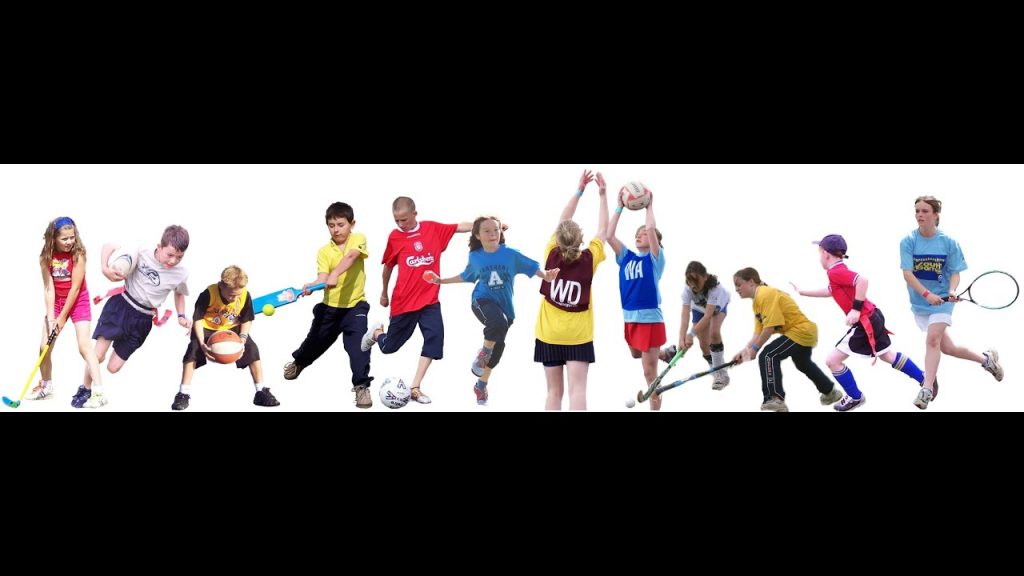The PE Corner: Sport Education & why this model is used

Sport Education is a curriculum and instruction model designed for delivery in physical education programs at the upper elementary, middle school, and high school levels. It is intended to provide children and youth with more authentic and enjoyable sport experiences than what we typically see in past physical education classes. This model was developed and introduced by Daryl Siedentop in 1984 and has since been adapted and successfully implemented nationally and internationally. Students participate as members of teams in seasons that are longer than the usual physical education unit. They take an active role in their own sport experience by serving in varied and realistic roles that we see in authentic sport settings such as captains, coaches, trainers, statisticians, officials, publicists, and members of a sports council. Teams develop camaraderie through team uniforms, names, and cheers as they work together to learn and develop skill and tactical play.
I have decided to use this model with MYP 2 and MYP 3 for the final 11 weeks of school. This is a nice way to end what has been a very tough year. It also allows these students to motivate each other and demonstrate different skills they have learned this year.

MYP 2 and MYP 3 are each split into teams where they will have roles within the team. These roles will be developed over a period of time. Below are some examples of roles that teams can have depending on class sizes.
* Coaches – directs skill and strategy practice, helps make decisions about lineups, turns in lineups to teachers or managers.
* Captains – leads warm-ups, helps solve team problems, provides general leadership for their teams.
* Assistant Coaches or Captains – helps captains or coaches, takes over their responsibilities if absent.
* Referees/Officials – manages contests, makes rule decisions, teaches the rules of the sport to teammates.
* Scorekeepers – records scores during games, keeps track of sport specific rule violations, turns over final records to the appropriate person (teacher, manager, statistician).
* Statisticians – records team and individual performance statistics, compiles game and season stats, interprets data, and turns summarized data over to the appropriate person (teacher, publicist, manager).
* Publicists – publicizes records and statistics through things such as: weekly sports sheets, the school newspaper, posters, or special created sport education newsletter. Publicists can also be called sports information directors.
* Managers – takes care of administrative duties of the team, turns in appropriate forms, helps get team players to the right location.
* Equipment Managers – maintains team equipment, sets-up and takes-down equipment.
* Trainers – notifies teacher of injury, leads daily warm-ups appropriate to the sport.
* Sports Council or Sports Board – makes final decisions on problems that may come up with the fair play rules and competition schedules, may be in charge of picking teams.
* Broadcasters – introduces players and provides play-by-play calls during competition.
* Festivity Coordinators – arranges final banquet, creates team poster, cheer, and end of the season awards.

The students seem genuinely excited about this unit as it allows them a lot of freedom while also instilling a new found confidence in various sports. The teams will stay the same over the course of the 10 weeks while the sports will change every 2 – 3 weeks beginning with Soccer, Floorball and Ultimate Frisbee. Mixing up the sports allows the students to develop their roles in new ways for each sport.




